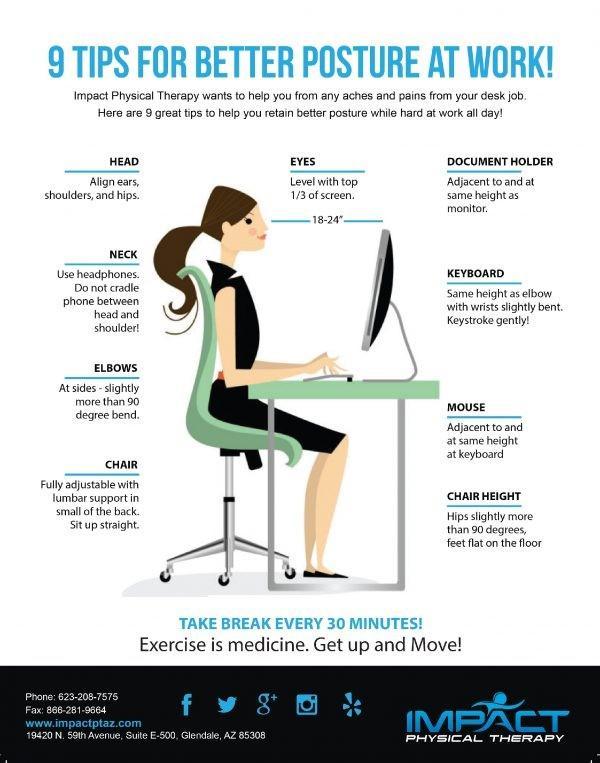Lockdown Health & Fitness Vol. 2
- Jacques Durand
As we spend more time in this lockdown period, it “unlocks” new challenges.
As we spend more time in this lockdown period, it “unlocks” new challenges. The word fitness means more than just running. Fitness is the quality or competency at which we fulfil a particular role or task. Call it conditioning, as we prepare ourselves for different tasks and challenges. We have to condition our bodies and minds to adapt and get better at something. Lockdown has given us some unfamiliar challenges and we have to condition ourselves to adapt and thrive. The biggest challenge that everybody is facing, including children, students and adults, is the amount of screen time. Meetings take place in front of the computer throughout the day, online classes from early in the morning until late in the afternoon; even school classes take place on the computer, as tasks need to be completed online.
Working with student athletes, I found that the daily routines of being a student has changed significantly from a physical perspective. For some the idea of online classes might sound like the perfect world. You get up in the morning, no need for an early shower or being stuck in traffic, and attend class while sitting in the comfort of your home, enjoying a snack and having a coffee on tap. Until we notice some neck and back pain, sudden head aches and a struggle to concentrate after sitting in front of our computers for hours on end. It is also much easier now to overdo bad diets and caffeine.
Why would this be any different from our pre-lockdown academic routines? We are less physically active. This leads to missing out on the benefits of being active: Improved sleep; maintaining healthy blood sugar and insulin levels; better concentration; more oxygen rich blood to our brains; stronger core muscles; and the list goes on. On average, a student on campus covers approximately 4-6km per day and if you are the lucky one the get the last parking space on the other side of campus, you could even get a quick 1km sprint, just to make it on time for the 8:00am lecture. Walking on campus or climbing those never-ending stairs to get to your office whilst carrying that heavy laptop bag, is a way of being physically active. These activities strengthens our core, neck, back and leg muscles with added cardiovascular benefit. Thus everyday normal activities have valuable physical and health benefits.
Looking at some easy solutions, working from home can be more effective and beneficial when doing minor adjustments. Here are some suggestions and links to solutions that I found to be helpful, when focussing on routines and your home desk ergonomic setup.
Firstly, plan and program breaks in between your online classes and meetings. You can alternate your physical activity during the breaks by doing some stretching activities and walking around in the house or outside in the garden. Concentrate on your hydration and make sure that you limit your caffeine intake. Short breaks will do wonders for your concentration and productivity.
Secondly, you can find many ergonomic solutions, but it comes with a heavy price tag. Posture, chair, laptop and desk setup is very important to avoid those headaches, sore neck and back aches. Have a look at these links; create something that best fits your environment, and discard the rest. I have found many different opinions ranging from distance to screen, chair and desk height. So choose something that works for you.
Creating Perfect Ergonomic Workspace-Ultimate-Guide
Five Ways You Are Sitting Wrong at Your Desk
Nine Tips for a Healthy Ergonomic Work Station
Work From Home Laptop Ergonomics
How to Position Your Laptop in the Office
Home Tips Setup Ergonomic Laptop Workstation



